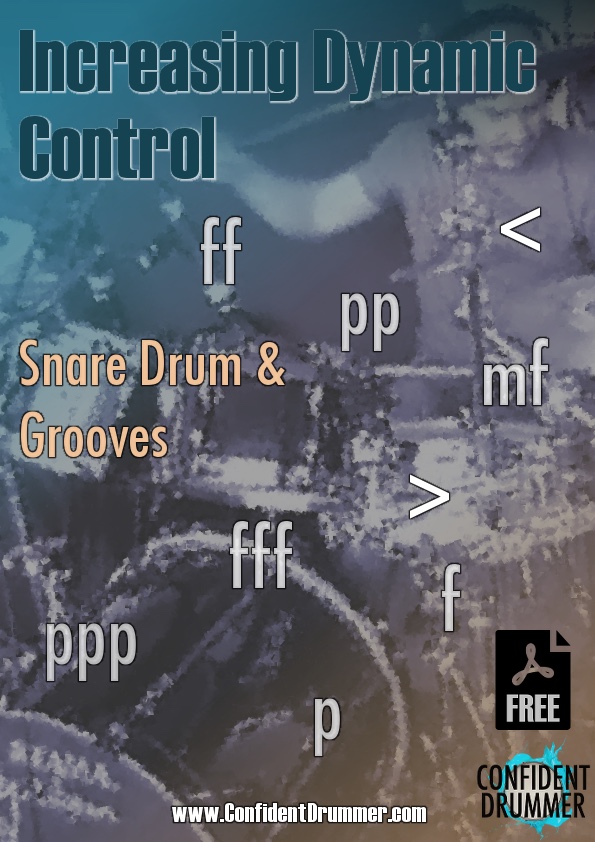CONFIDENT DRUMMER BLOG
A Place To Look For Inspiration And Resources, For Your Growth As A Musician. A Collection Of Various Bits Of Wisdom In The Form Of Lessons, Articles, Exercises, Videos, PDFs, Studies, Insights, Excerpts From The Books.
40% OFF All Methods!
30 Day Money Back Guarantee: If in one month of daily practice you don’t see massive improvement, you will get a 100% refund.
Check Out The Offer On Each Method’s Page.

There are drummers out there who play the simplest, and yet they are great, amazing musicians. Why? Because they focus on the ‘how’ of what they do. It’s not what they play that makes them great, it’s how they play it. They noticed that when they focused on that, magic happened. This is a crucial insight, often overlooked even by very good drummers, which is the gateway to taking your art to the next level.
This is something producers and musicians who program drum arrangements know very well, and that paradoxically as drummers we don’t invest enough time into. That’s why I came up with a method to arrange drum beats based on 3 approaches, that allow us to master this area of drumming.
As drummers we need so many tools in order to sound good under any circumstances. Pressure, tension, insecurities, stage fright, are all very common elements of being musicians. Here we are going to focus on a powerful visualization. The rules to make it work are very simple. Once you've mastered it, it will literally take 30 seconds to feel the boost.
“I fell in love with your groove the first time I heard you, and that’s why I tried to steal you’. John Robinson: ‘Well, mission accomplished!’. When one of the greatest producers ever, Quincy Jones, tells you that, then you must have been doing something right.
Don’t get me wrong, these guys are popular and accomplished musicians. It’s just that they are so good that in my opinion they are somewhat underrated and deserve more recognition. I’ve picked a few names with the intent of giving you great examples of amazing musicians who play the drums. For each one of them I’ve include a brief description and a link to one of their videos.
As I always like to tell my students, music includes 3 elements: harmony/melody, rhythm and dynamics.As drummers of course we are rhythm masters. Harmony and melody are not what we typically do. But we still have dynamics at our disposal: they basically determine the volume at which we play and they are a very powerful tool that many drummers overlook.

Popular Posts




















